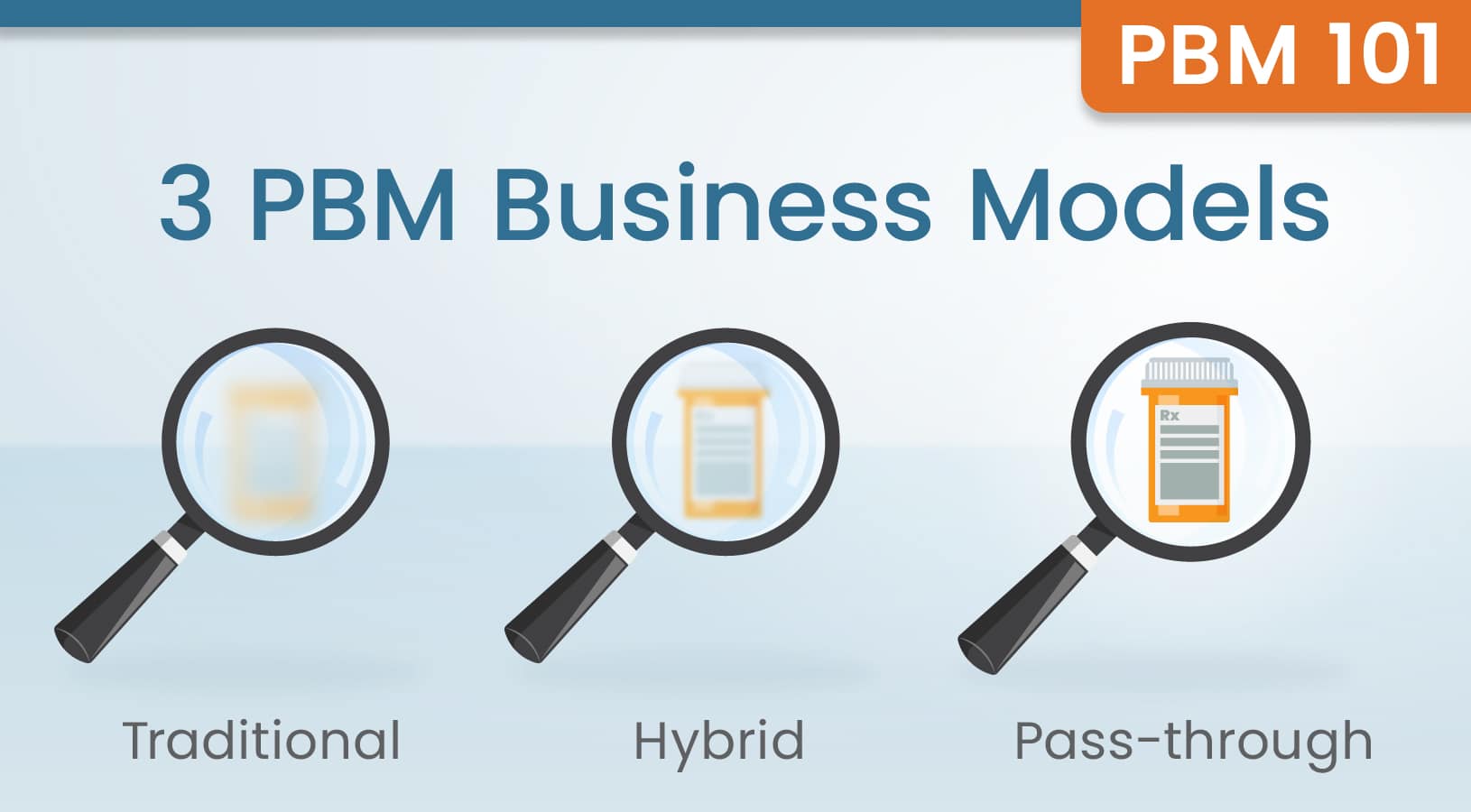Managing Sustainable Drug Spend: 5 Trends Reshaping Pharmacy Benefits in 2025
The US health care market faces transformative changes in 2025, as biosimilars, GLP-1s, and new pharmacy economics reshape how benefit managers balance innovation with affordability.
Health care within the US is entering a transformative period. Medical spending is projected to reach $485 billion in 2025, according to IQVIA.1 Health spend is projected to increase an average of 4% to 7% a year, with a 13.3% increase in specialty drug trend according to the annual Segal survey.2 This growth comes while traditional boundaries between wholesalers, manufacturers, pharmacy benefit managers (PBMs), payers, and providers are increasingly blurred. We are seeing complicated ownership and business relationships that comingle buying organizations, manufacturers, PBMs and health plans. This creates both challenges and opportunities for benefit administrators and payers.
Within this landscape, trends around biosimilars, glucagon-like peptide-1 (GLP-1) drugs, and other medications will influence cost changes in the marketplace. Unique breakthrough therapies and new combination formulations will give patients novel treatment options, often at a higher cost. And, as a new administration enters in 2025, the potential for policy recommendations will signal changes to the industry.
With all of this in the air, a few trends stand out to have the biggest impact on benefit administrators and payers in the coming year.
REFERENCES
- The Use of Medicines in the US 2024: Usage and Spending Trends and Outlook to 2028. IQVIA. May 7, 2024. Accessed January 22, 2025. https://www.iqvia.com/insights/the-iqvia-institute/reports-and-publications/reports/the-use-of-medicines-in-the-us-2024
- What Are the Projected 2025 Health Plan Cost Trends? Segal. September 18, 2024. Accessed January 22, 2025. https://www.segalco.com/consulting-insights/2025-health-plan-cost-trend-survey

MORE ABOUT Sharon Faust, PharmD, MBA, CSP
Sharon Faust is the Chief Pharmacy Officer at Navitus Health Solutions. She oversees Health Strategies, Provider Services and Lumicera Health Services. She is a licensed pharmacist in Wisconsin and is on the Board of Directors for the National Association of Specialty Pharmacy and the Drug Selection Advisory Committee for CivicaScript®. In 2023, she was awarded the top 50 most influential leaders in Pharmacy award presented by the Pharmacy Podcast network.
Stay Informed and Connected
Receive expert insights, healthcare tips, and important updates on pharmacy benefits, drug recalls, and more—straight to your inbox.
Navigating with a trusted partner
Now Available: 9th Annual Drug Trend Report
Our Drug Trend Report provides a clear view of the trends shaping pharmacy benefits today, along with strategies that are delivering real savings without compromising care.








